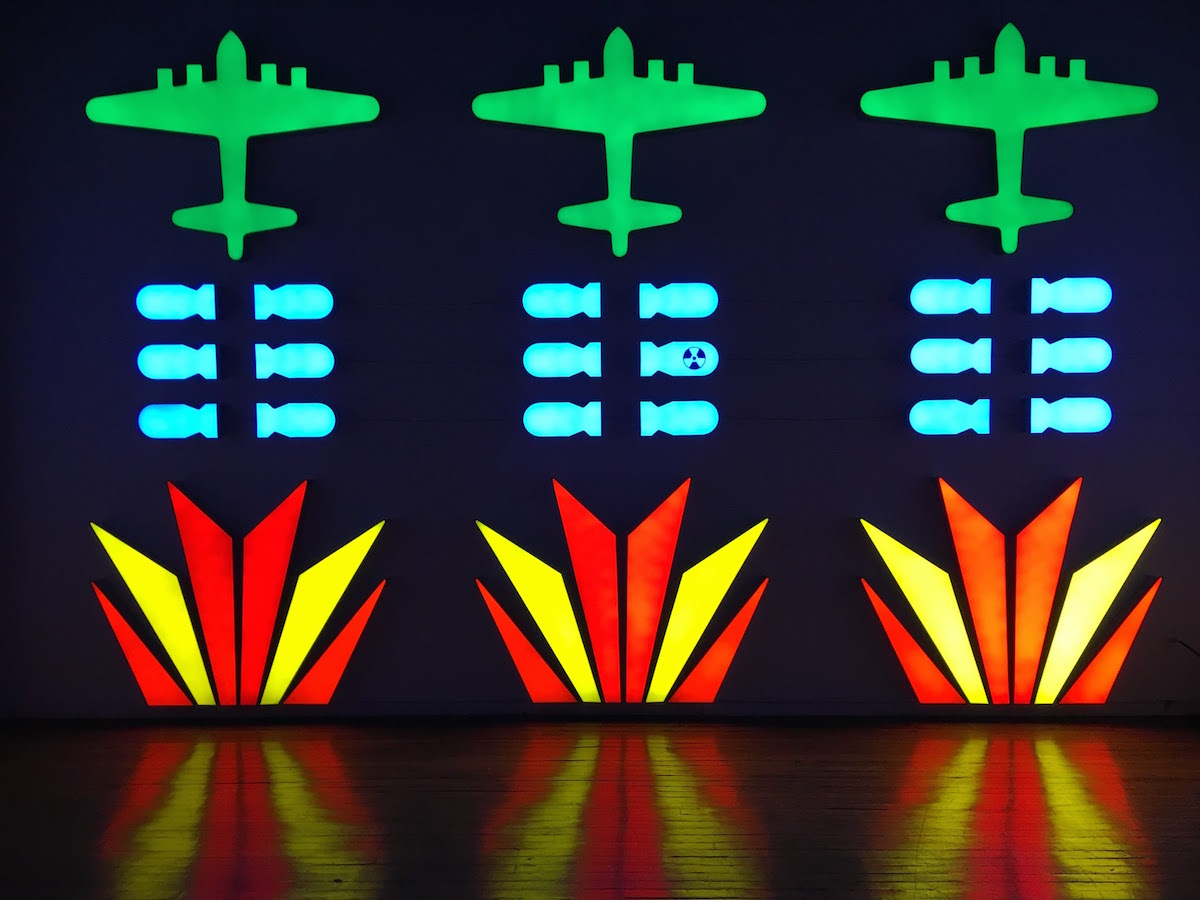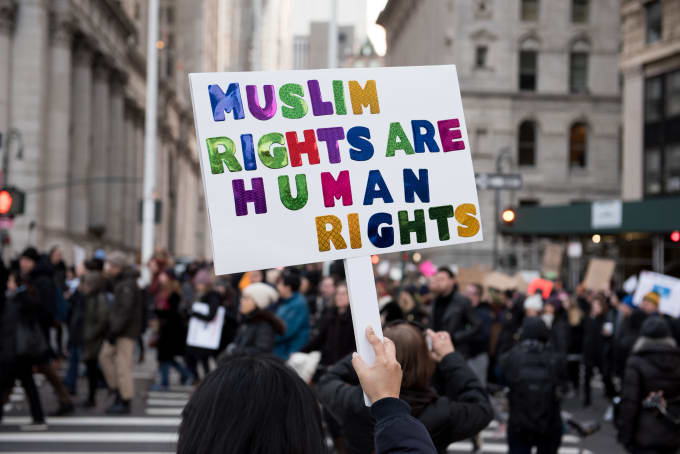Plunge: An Experimental Storytelling Lab Preview by Andrew Sargus Klein
It’s been a long time since I told someone the story of how the first pair of basketball shoes I ever got were actually women’s shoes (the Air Swoopes). And I can’t remember the last time I thought about the ancient cash register in the basement of my grandparents’ Pikesville home. When they moved, I brought it to my dad’s house. This was when I was in middle school, and I don’t remember if my dad kept the thing after he moved, or if it made it to a storage locker somewhere. I need to text him and ask if it’s still around.
My memories of these objects are of course attached to a larger network of associations: how I was bullied throughout my childhood; my late grandmother’s matzo ball soup; separate houses after the divorce. Which isn’t to say these are sad memories; rather, they are small but powerful reference points of my past, my story.
Stories are political. A person’s journey is shaped and influenced to a degree by the politics of their surroundings—such as the politics of gender, race, class, nationality, and religion, which run like faultlines across the country. These divisions are in even sharper relief right now, and it is heartbreaking how little empathy there is to find among an enormous swath of the country. Instead, nationalism and white resentment emanate from the highest offices; disenfranchised communities, long familiar with state violence and oppression, are more vulnerable than ever. Their stories are being shouted over, snuffed out.

I didn’t expect to think about any of this, or to remember basketball shoes and cash registers, when I went to the press performance of Submersive Productions’ Plunge: An Experimental Storytelling Lab at St. Mark’s Lutheran Church. The premise is simple: after you check in with a kind gentlemen at a podium, you’re given what they call a passport and told there are five “experiences” waiting for you, each one in its own room. Only one person is allowed inside a room at a given time. You are told the only unifying theme is “the other”—two words that signal an expressly political vision.
And that vision was surprisingly effective, though in subtle and surprising ways. Each of the five experiences is set inside an installation, such as a simple living room with dated furniture, a patchwork tent with a traveling carnival vibe, or a shoe store; and no two installations own the same degree of realism. Each installation is hidden from the waiting area, so that when the host motions you to your next stop, there’s a moment of thrilling uncertainly as you step across a threshold into a separate and contained world. Some are dreamlike and surreal, and others are more straightforward. One is completely draped in white cloth, a blank slate.
My first stop (the only installation with two performers) was probably the strangest, the most surreal. I was talked at by Kevin Griffin Moreno—something about signing a contract with ominous stipulations and requirements—as I sipped chamomile in a quaint teacup and a woman (Abby Becker) performed melancholic folk ballads. It had a bit of a madcap vibe, a little Alice in Wonderland. Moreno handed me a small glass heart as I left, telling me it’s for our next meeting, and the effect was so earnest, I lost track of where I was. This experience was less a straightforward narrative than a mildly chaotic critique on contracts, particularly as they relate to artists, and as a whole was aesthetic counter-balance to some of the calmer, more introspective performances.
In one such piece, I’m invited into what looks like a dated living room with two plush velvet chairs and drab carpeting, the space filled with diffuse yellow light. At the threshold hang a dozen or so of those little picture viewfinders, each one filled with a faded photo of smiling children, adults, yards, houses. It was like I stepped in my mother’s parents’ home in Bellaire, Ohio, or my father’s parents’ home in Pikesville, MD. My host, Ashley Minner, explains how this was her grandparents house, how they’re both dead, how she was scared to to be in the house alone.
While she speaks, a pre-recorded monologue plays in the in the background and I can only catch every other word; I’m not sure if I heard “agents at the door” and “I hope they understand me.” She points at the cigarette burns in the chair I’m sitting in, dimples of memory left by her uncle (or was it her grandfather?). Her real voice and her recorded voice overlap; the room exists in a suspended state of memory, of narrative. My time with Minner ends with me telling her about my father’s parents, about their basement with the leather couch, the cash register. She asks me where the register is, if my father still has it. I leave her space and my heart is heavy. Later, I read that Minner is a member of the Lumbee Tribe of North Carolina, and the ghosts of her living room, her story, return.

Alisa Brock’s performance offered a similar, if more incantatory, experience. Her installation, designed by Ada Pinkston, was a dimly lit room with brown paper bag walls, a fan, a bowl of water, two chairs, and a table with a pile of paper scraps. The mood is one of home, but also different, something familiar yet it’s clear I am a stranger here. That unease is a crucial dimension, I think. I am very aware of my whiteness, her blackness. She delivers a short monologue (more like a poem) on how writing quiets the storm inside her before silently guiding me through a self-reflective writing exercise. She passes me scraps of paper with questions on them: who are you? what do you want? are you sure? As much as I am able, I open myself to these questions.
I’m still holding on to those questions; I’m still smiling from my time in the “Damn Good Shoe Repair” shop (designed Marie Claire Macadar) with Mike Smith and how I told him about those Swoopes, how I held on to our conversation to the point where I was with him for almost 20 minutes, over twice the preferred allotment.
I’m still mulling if Plunge’s theme of “the other” is successful because it simply boasts a cast as diverse as any I’ve seen in any sort of Baltimore performance, or if it succeeds on a deeper level—one where the un-othering of POC is attained through a medium more ethereal than words on a page.
Dreamstates, absurdism, abstraction—we need all the tools we can to better ourselves and our collective humanity. But first, one needs to cross the threshold.

***********
Author Andrew Sargus Klein is a Baltimore poet and performer. He kinda-sorta tweets at ASargusKlein.
Photos by Glenn Ricci
Plunge: An Experimental Storytelling Lab is happening February 2 – February 5
St. Mark’s Lutheran Church, Baltimore
1900 Saint Paul St, Baltimore, Maryland 21218
Tickets: https://www.artful.ly/store/events/11015






